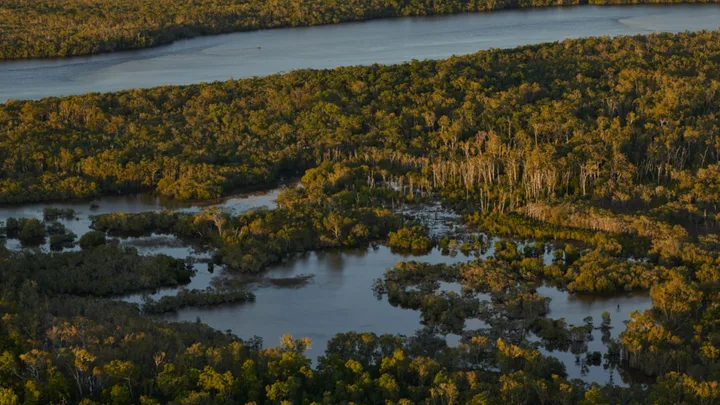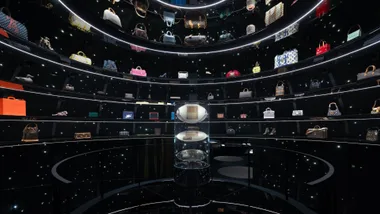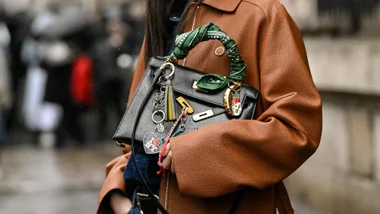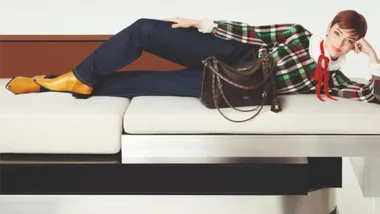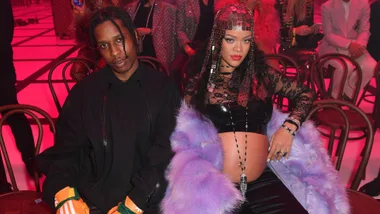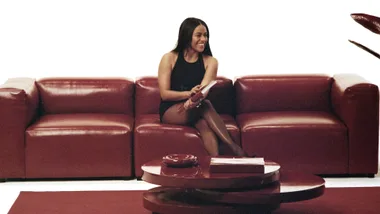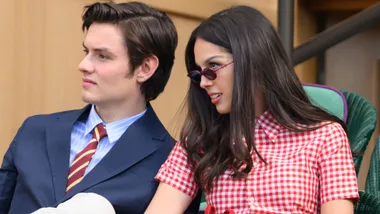The name Louis Vuitton is synonymous with the art of travel. Even so, Cape York may not be the first destination that springs to mind when you think of the iconic LV monogram.
The northernmost tip of Australia is known for its breathtaking terrain, where lush rainforest meets turquoise sea – and for the past year, it’s been the site of an exciting Louis Vuitton project.
No, it’s not a collection. Louis Vuitton is setting the standard in sustainability. In a five-year partnership with People For Wildlife, working with the area’s Traditional Owners
and Apudthama Rangers, the Maison is combining Western scientific knowledge and traditional knowledge.
The goal? To help understand and reverse biodiversity decline in this spectacular region.
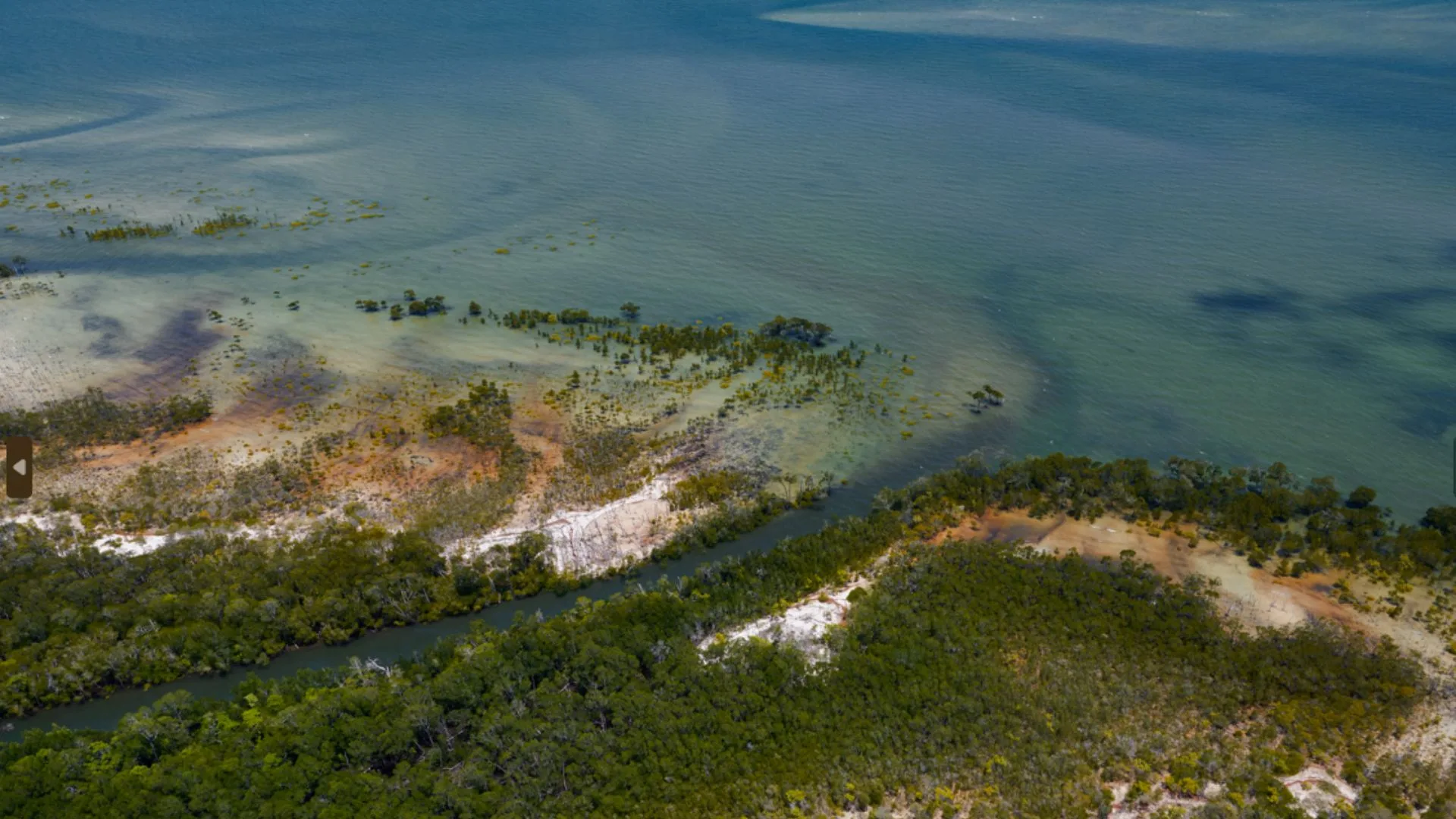
For Louis Vuitton’s head of sustainability, Christelle Capdupuy, it’s a vital project.
“Nature will survive without us,” Capdupuy tells marie claire. “Respectively, we won’t survive without nature. Our food, our habitats, everything depends on it – we have a lot to learn.”
And the learning is well underway. Already, the partnership has led to the exciting discovery of two new species. The first is a unique chanterelle mushroom species, found exclusively within the Apudthama region, and the second is a striking new snake species, a grey and brown python. “These findings contribute to the rich biodiversity of the area and underscore the importance of ongoing conservation efforts,” says Capdupuy.
Growing up in the idyllic Basque region of France, Capdupuy witnessed firsthand the devastating effects of industrial activity on the ocean, saying “at the time there were very few regulations to manage chemical pollution. I decided to work towards preserving nature against negative human impact, through science.”
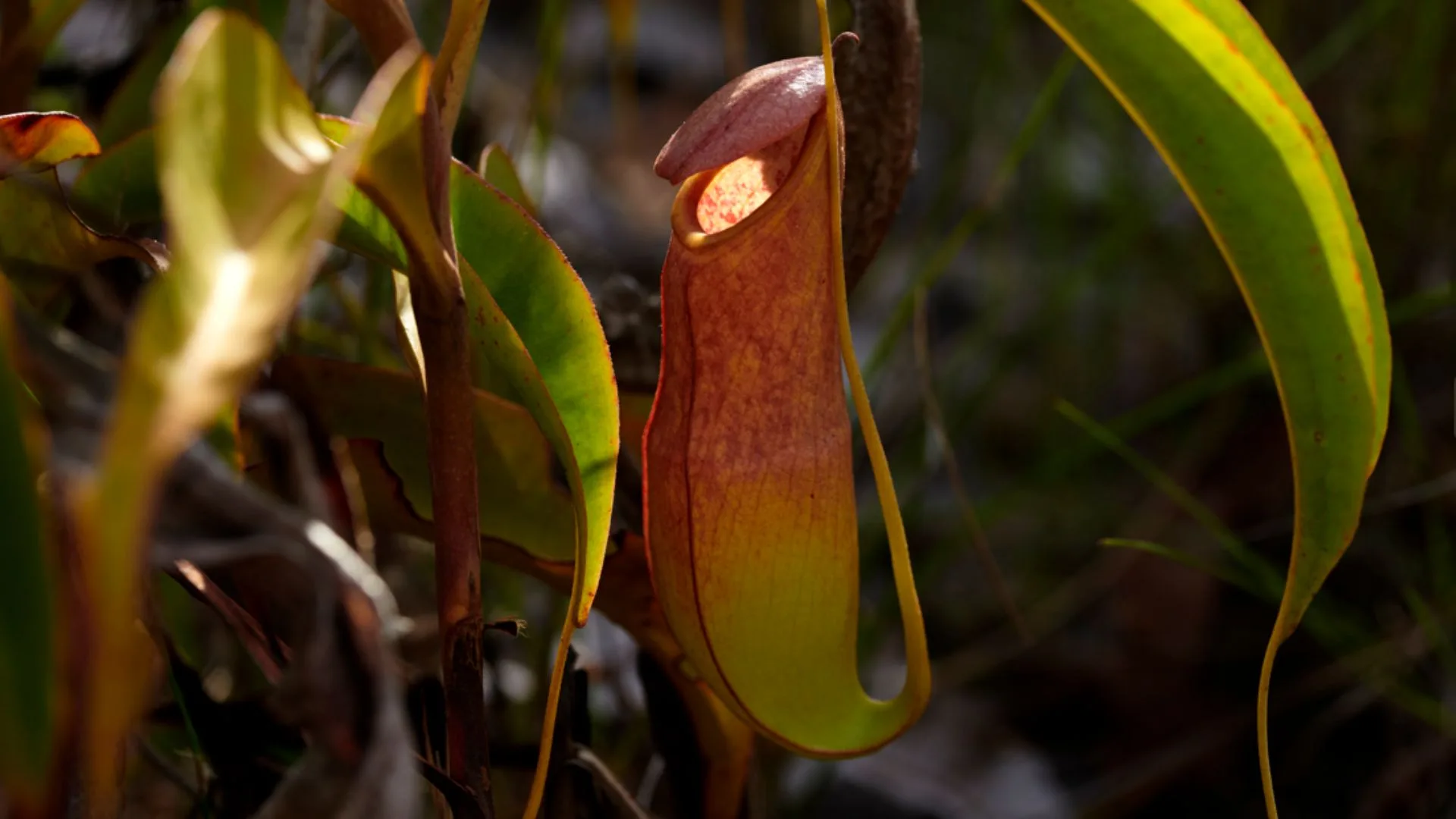
It’s not only pollution that threatens Cape York, however. Fire is another key player that the Louis Vuitton x People For Wildlife partnership is tackling head on, developing a fire management plan with Traditional Owners and rangers.
“The Louis Vuitton x People For Wildlife partnership is only one year old, but it has been an incredible year,” says People For Wildlife founder and director Dr Daniel Natusch. “The landscape in which we work presents numerous challenges, yet we are making good progress. This first year has focused on structuring our goals, evaluating the starting point by creating baseline metrics and monitoring systems, determining our activities, and how we set about achieving our goals.”
For Louis Vuitton, the path towards sustainability is something to be taken seriously. The brand has committed to reducing its direct carbon footprint by 55 per cent by 2030.
It has set a strict responsible-sourcing target, working towards a goal of 100 per cent of its raw materials being certified and/or recycled by 2025. It’s lowering its energy use: “In 2023, nearly 90 per cent of energy consumed at our workshops and warehouses was already coming from renewable sources,” Capdupuy says. And it’s committing to ambitious projects such as the collaboration with People For Wildlife.

Above all, though, Capdupuy says Louis Vuitton’s most effective tool to reduce carbon emissions is also the simplest: “To design products that last, conceived for repairability.” Exquisite craftsmanship has always been at the heart of the brand, so that’s one target there’s no need to set.
It’s good news both for the environment, and for lovers of luxury leather goods everywhere. Time to pack your Louis Vuitton luggage – Cape
York is calling.
Read more about the Louis Vuitton and People For Wildlife’s partnership at louisvuitton.com
